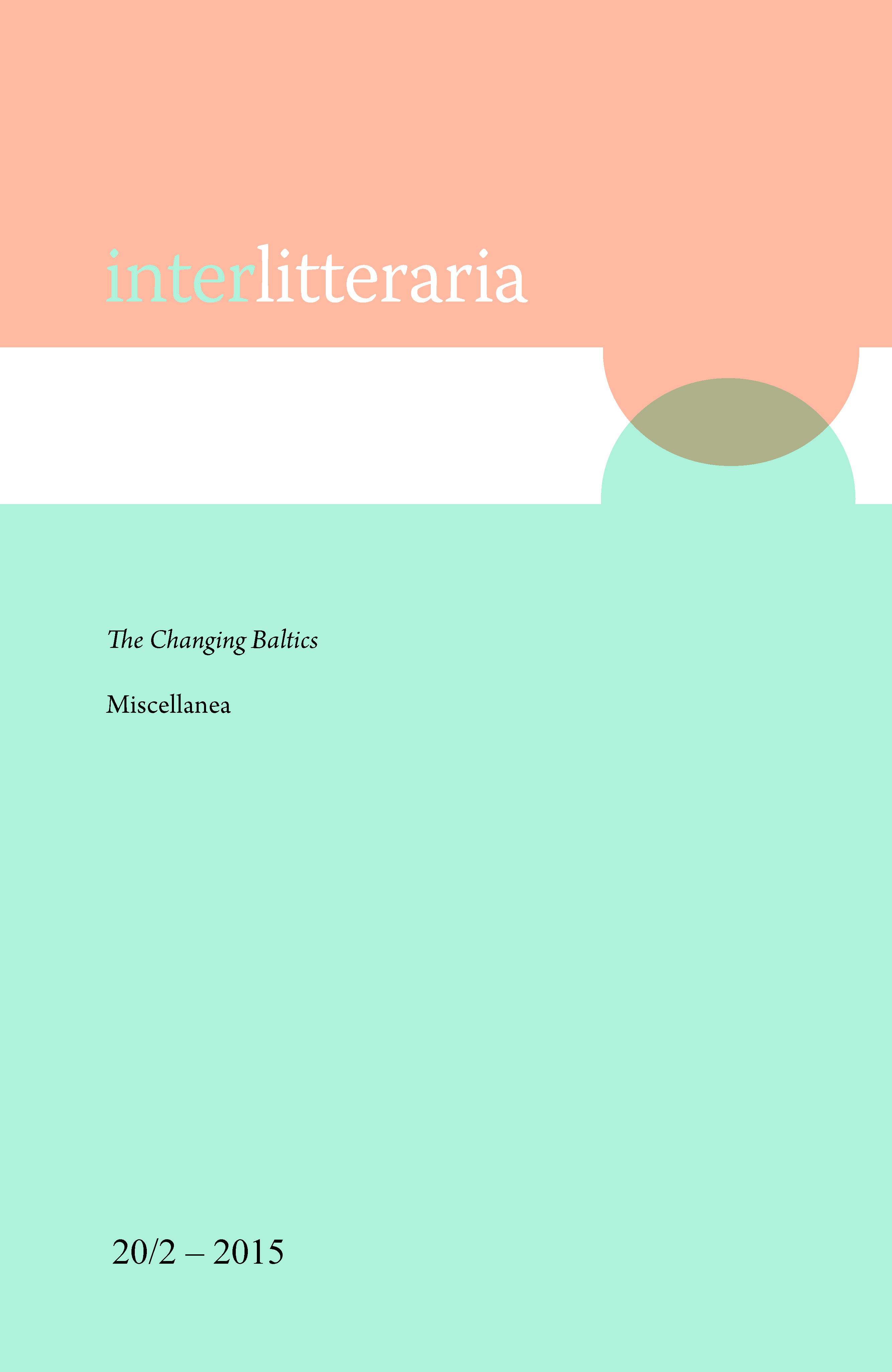Bulgarian Cultural Identity as a Borderline One
DOI:
https://doi.org/10.12697/IL.2015.20.2.9Keywords:
Bulgaria, teleology and ideology of modernisation, Eurocentrism, borderline identity, cultural plurality, plurality of oecumena, historiography of modernity, historiography of middle agesAbstract
The article lists a number of cases of actual and possible application of the concept ‘borderline’ to characterise Bulgarian collective identity. Half of them date from the post-communist period and another half from the period between the two world wars. Through them I try to trace a theoretical intention that is sensitive to the teleology and ideology of modernisation (and especially to its Eurocentric bias). Thus I try to chart a set of self-identifications which could be opposed to what I consider the present mainstream in writing on collective identity issues in Bulgaria, to both its currents: the one claiming the status of avant-garde and the imperative of scholarly autonomy, and the other claiming classicality and compliance with national interests.
I view mainly 20th–21st c. expert works in cultural and art history, of both Bulgarian Middle Ages and modernity, but also some works of ‘well-informed citizens’ (or of experts outside their domain of expertise) who have felt obliged to share their prophetic visions in public, and even memoirs.
The article contains five chapters relating, correspondingly, to: (0) deliberation on the concept of borderlineness and its alternatives; (1) delineation of the conceptual tenets of the mainstream discourse of/on Bulgarian collective self-identification and self-instruction throughout the late 19th – early 21st centuries, and of what I believe are its major conceptual deficiencies (nation-centrism; Eurocentrism; cultural-historical monism; and linguo-centrism); (2) identification of late 20th – early 21st c. conceptualisations of Bulgarian identity which are relatively free from the above referred deficiencies and which recognise that identity’s ‘borderlineness’; (3) identification of similar conceptualisations from the interwar period (1920s– 1930s); (4) delineation of some epistemological assets of ‘borderline awareness’ and, esp., its compatibility with ‘understanding-culture-as-plural’, as well as of its fluctuation in scope and intensity within the Bulgarian 19th–21st c.
An analogical, and, inevitably, more complicated, exploration of the mental geographies and implicit Kulturphilosophies in works of Bulgarian artistic literature could be the subject of a subsequent paper.
Downloads
References
Downloads
Published
Issue
Section
License
The contents of Interlitteraria are published under CC BY-NC-ND licence.


